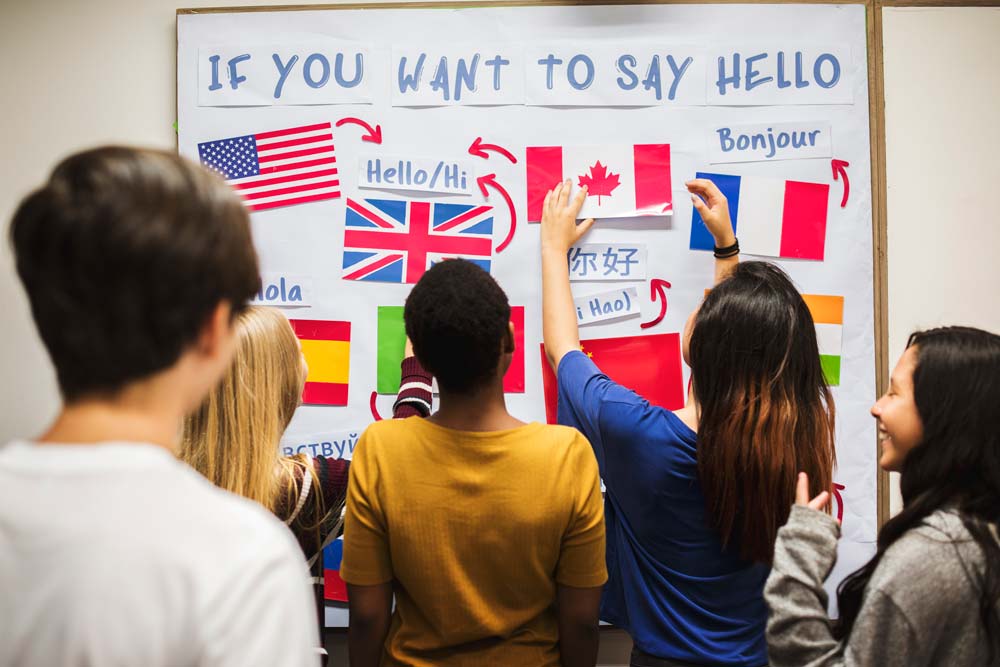Introduction
This essay seeks to explore the classification of Singlish, a unique linguistic phenomenon in Singapore, by defining the concepts of language, dialect, and slang, and evaluating Singlish’s status through linguistic evidence. Furthermore, it will assess Singlish’s role in shaping Singaporean identity. Despite its widespread use, debates persist over whether Singlish constitutes a language, a dialect, or mere slang, with implications for cultural recognition and policy. This analysis draws on academic sources to present a reasoned argument, aiming to contribute to discussions on linguistic diversity and national identity within a college setting.
Defining Key Linguistic Terms
To classify Singlish, it is essential to establish clear definitions. A language is typically understood as a structured system of communication with standardised grammar, syntax, and vocabulary, often tied to cultural or national identity (Crystal, 2008). Dialects, conversely, are regional or social variations of a language, sharing core features but differing in pronunciation, vocabulary, or grammar (Trudgill, 2000). Slang, however, refers to informal, often transient expressions or words specific to certain groups, lacking the systematic structure of languages or dialects (Adams, 2009). These distinctions—while not always rigid—provide a framework for assessing Singlish’s status, as its features span elements of all three categories.
Evaluating Singlish’s Linguistic Status
Singlish, or Colloquial Singapore English, emerged from Singapore’s multilingual history, blending English with elements of Mandarin, Malay, Tamil, and local dialects like Hokkien (Lim, 2004). Evidence suggests Singlish possesses systematic grammatical rules, such as particle use (e.g., “lah” for emphasis) and simplified verb structures (e.g., omission of tense markers), distinguishing it from mere slang (Wee, 2005). However, its dependence on Standard English as a base, alongside variation across speakers, aligns it closely with dialectal features (Lim, 2004). Indeed, Singlish lacks the standalone standardisation or mutual unintelligibility often associated with full languages, as speakers typically code-switch with Standard English in formal settings (Wee, 2005). Therefore, while Singlish exhibits complexity beyond slang, it is arguably best classified as a dialect of English, reflecting both linguistic structure and social variation.
Singlish and Singaporean Identity
Beyond classification, Singlish plays a pivotal role in Singaporean identity. It serves as a unifying code among diverse ethnic groups, fostering a shared cultural expression in a multilingual society (Lim, 2004). For instance, phrases like “can lah” transcend ethnic boundaries, embodying a distinctively local pragmatism. However, government policies, such as the Speak Good English Movement launched in 2000, have promoted Standard English over Singlish, viewing the latter as a hindrance to global competitiveness (Wee, 2005). This tension highlights a broader debate: while Singlish strengthens national identity, it faces stigmatisation as “broken” English in official discourse. Arguably, its role as an identity marker persists, reflecting resilience against top-down linguistic standardisation.
Conclusion
In summary, this essay has defined language, dialect, and slang, positing Singlish as a dialect of English due to its systematic features and dependence on Standard English, despite elements of slang-like informality. Moreover, Singlish’s significance in Singaporean identity remains undeniable, acting as a cultural unifier despite official opposition. These findings suggest that recognising Singlish’s status could inform more inclusive language policies, balancing global and local needs. Further research into its evolving usage might deepen understanding of linguistic identity in postcolonial contexts.
References
- Adams, M. (2009) Slang: The People’s Poetry. Oxford University Press.
- Crystal, D. (2008) A Dictionary of Linguistics and Phonetics. 6th ed. Blackwell Publishing.
- Lim, L. (2004) Singapore English: A Grammatical Description. John Benjamins Publishing.
- Trudgill, P. (2000) Sociolinguistics: An Introduction to Language and Society. 4th ed. Penguin Books.
- Wee, L. (2005) ‘Intra-Language Discrimination and Linguistic Human Rights: The Case of Singlish’, Applied Linguistics, 26(1), pp. 48-69.


